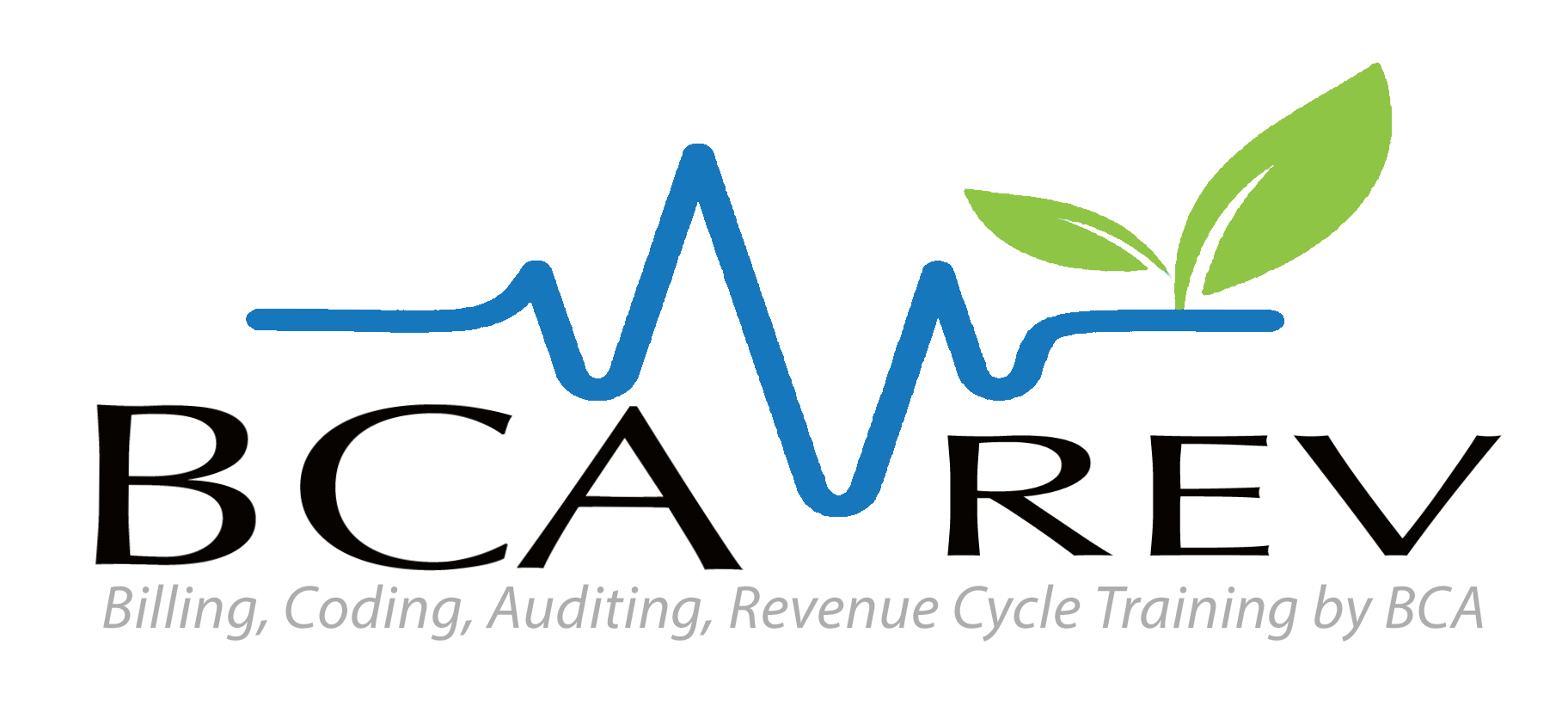Q:
The new AMA guidelines for 2021 state that the nature and extent of the history and/or physical examination is determined by the clinician reporting the service. With the history and exam requirements being removed from code selection, what standards should we encourage when reviewing medical records?
A:
A well-documented record has always been important, not only clinically but to support coding and billing. Don’t let the new guideline changes for 2021 be an excuse to allow documentation quality to suffer. From a coder’s perspective, a well-written evaluation and management record includes an HPI that contains details for each condition being addressed during the encounter, pertinent ROS and exam, and an Assessment and Plan that summarizes findings, addresses medical management, and completes the story of the encounter.
Clinicians have often noted that when seeing a patient for follow-up or consultation, they will begin record review in the Assessment and Plan. This portion has always been – and will continue to be – the powerhouse of the medical record. However, telling a clear story of the patient’s concerns and today’s ROS and exam findings are just as important in proving the quality of care being provided. With the current emphasis on Value-Based Care models and other quality measures, the importance of the well-written record only seems to increase.
It is understandable that certain concerns may not arise at the onset of the encounter. Perhaps a patient decides to wait until the end of the visit to share a concern. An exam finding might prompt further evaluation. In these instances, it is not expected that the clinician will go back and revise prior documentation. However, it would be wise to convey the late presentation of the concern and any resultant management in the Assessment and Plan. Either method is acceptable.
With this advice in mind, here are a few additional comments on medical record quality:
- Consider a peer review. Would another clinician be able to arrive at the same decisions with the amount of information provided?
- AMA guideline changes still require evidence that a problem was evaluated and managed today, not simply managed. Prove the evaluation component.
- Don’t forget time-based coding for visits requiring additional clinician time devoted to the patient’s care on the date of service.
- Avoid copy/pasting. This never results in a higher quality record.
- If clinicians prefer to pull forward information from a previous visit, identify the information as old and indicate the date of service it was pulled form. Clearly show where today’s information begins.
- While “dot” phrases and other canned information can help streamline documentation efforts, don’t rely on rote information. This is especially applicable with time-based coding. A canned list of possible activities will not convey the medical necessity for prolonged minutes of care.

